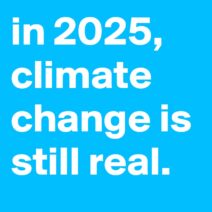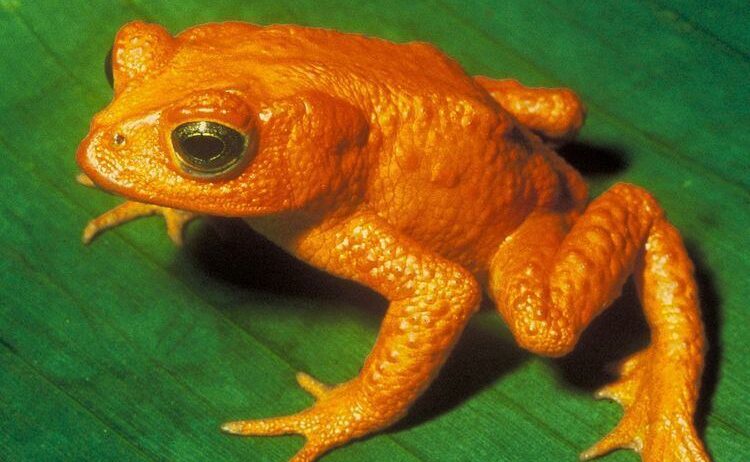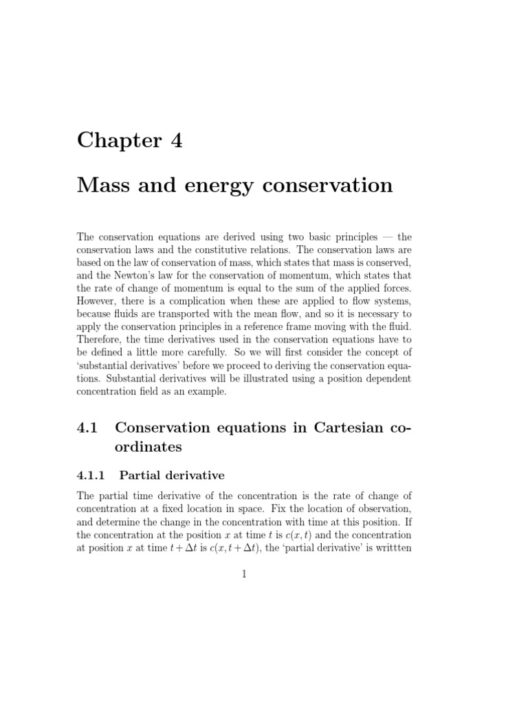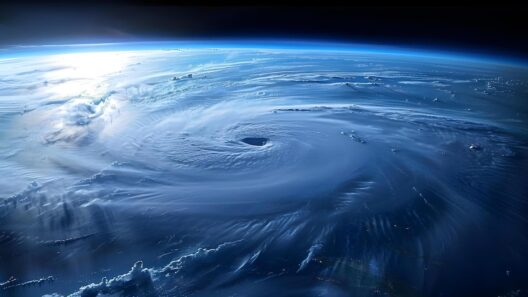Global warming, a phenomenon characterized by the elevation of Earth’s average surface temperature due to an increase in greenhouse gases, poses a formidable challenge to biodiversity. As ecosystems adapt or perish under the relentless advance of climate change, the specter of animal extinction looms ominously. This discourse delves into the intricate relationship between global warming and species extinction, examining the mechanisms, affected species, and potential pathways for mitigation.
The intricacies of this relationship are rooted in climatic shifts that disrupt established habitats. The alteration of temperature norms can lead to habitat degradation, affecting not just individual species but entire ecosystems. In the face of rising temperatures, many animals find themselves unable to adapt quickly enough, leading to significant declines in populations and, in some cases, extinction.
One of the most profound mechanisms by which global warming engenders extinction is through habitat loss. Numerous species, especially those endemic to restricted geographical areas, rely on specific environmental conditions for survival. Coral reefs, for instance, are exquisitely sensitive to temperature changes. As ocean temperatures rise, coral bleaching occurs—an event where corals expel the symbiotic algae that provide them with nutrients and color. The decimation of these vital ecosystems precipitates a collapse in marine biodiversity, threatening countless marine species that depend on reefs for sustenance and shelter.
Another crucial aspect of the issue is the alteration of food webs. As temperatures fluctuate, the phenology—the timing of natural events—of species can be disrupted. Plants may bloom earlier in the season, yet pollinators may not coincide with this shift. This desynchronization can jeopardize species survival, creating cascading effects through the food chain. Many insectivorous birds, such as the common blackbird, rely on specific insects for feeding during their breeding seasons. If insects emerge earlier or later than usual due to temperature changes, the birds may find themselves unequipped to rear their young successfully.
Moreover, global warming contributes to the fragmentation of habitats. The phenomenon forces species to migrate to more suitable environments, often leading to overcrowding in new territories. Such migrations can introduce competition, predation, and disease from invasive species, further exacerbating the struggles of native fauna. The polar bear, emblematic of the Arctic’s plight, epitomizes this struggle. As Arctic ice melts, polar bears face a dual threat: loss of habitat and diminishing prey availability, both of which threaten their long-term survival.
Climate change does not impact all species uniformly. Vulnerable populations, such as amphibians, are exceptionally susceptible due to their permeable skin and complex life cycles that intertwine aquatic and terrestrial ecosystems. The rapid onset of climate variations can outpace the evolutionary adaptations necessary for such species to thrive. For instance, the golden toad of Costa Rica is often cited as a harbinger of climate-induced extinction. Once abundant, the species was last seen in 1989; its demise has been largely attributed to climate fluctuations and the resulting habitat alterations.
Furthermore, the plight of the critically endangered vaquita, a small porpoise native to the northern Gulf of California, exemplifies how intertwined human activity and climate change can precipitate extinction. Warmer waters, alongside illegal fishing practices and bycatch, have led to its dramatic decline. The vaquita serves as a stark reminder of the multi-faceted threats arising from both climate shifts and anthropogenic pressures.
Conversely, some species may exhibit resilience or a capacity for adaptation. Certain birds, for instance, can modify their breeding patterns or dietary habits in response to changing environments. However, this adaptability has limits; the pace of climate change poses unprecedented challenges that many species, particularly those with specialized niches, cannot overcome. The notion of resilience leads to contentious discussions surrounding “climate refugia”—areas where species might escape the immediate impacts of climate change. Protecting these sanctuaries is crucial, yet they often exist in a state of environmental fragility themselves, facing pressures from human encroachment and resource exploitation.
Given the grave implications of global warming on biodiversity, a collective urgency to mitigate its effects is paramount. Conservation strategies must evolve to address both climate change and biodiversity loss concomitantly. This includes habitat restoration, establishing wildlife corridors to facilitate migration, and enhancing global cooperation to reduce greenhouse gas emissions. International treaties, such as the Paris Agreement, symbolize the world’s commitment to curbing climate change; however, implementation remains inconsistent.
Engaging the public in conservation efforts is equally critical. Education about the connections between climate change and species extinction can galvanize grassroots movements and policy advocacy. By fostering awareness, communities can drive meaningful changes towards sustainability, supporting initiatives that protect fragile ecosystems endemic to their regions.
Ultimately, the narrative surrounding global warming and animal extinction is not solely one of despair. It is a call to action, a clarion voice urging humanity to reassess its relationship with the natural world. Through informed choices, concerted efforts, and a commitment to sustainable practices, it is possible to chart a course toward a future where both humanity and wildlife can thrive amid a changing climate. The species at risk today could forge a resilient tomorrow when nurtured by a society determined to protect the planet’s precious biodiversity.






